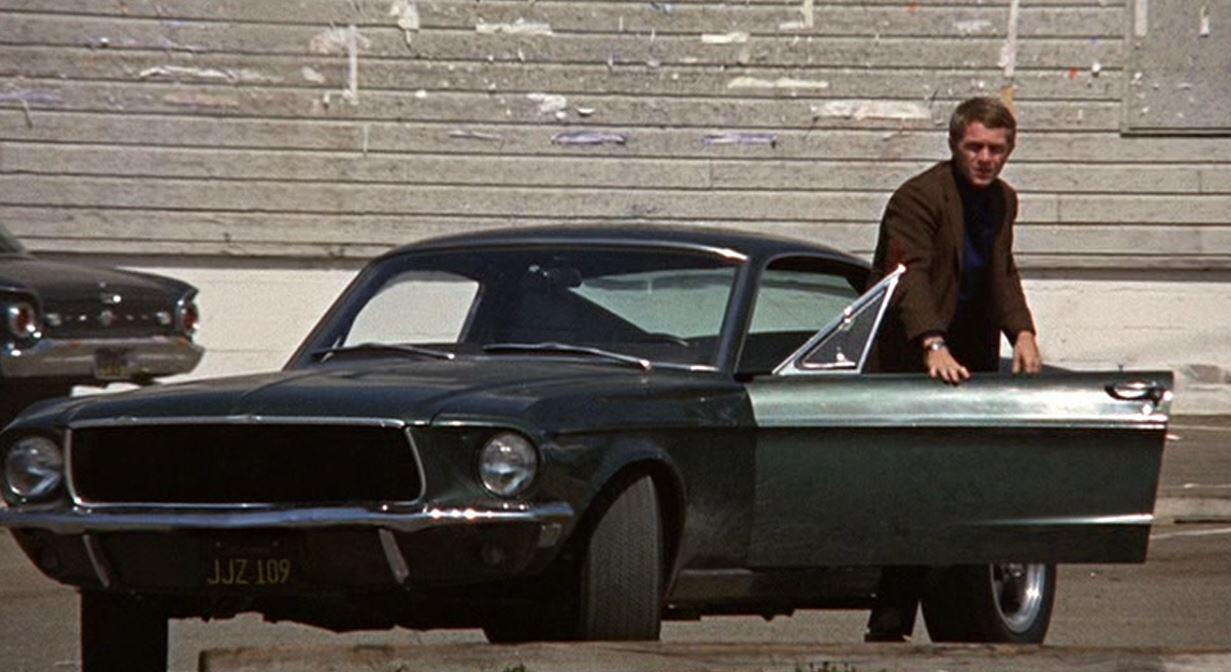-
Content
1,080 -
Joined
-
Last visited
-
Days Won
8 -
Feedback
0%
Content Type
Profiles
Forums
Calendar
Dropzones
Gear
Articles
Fatalities
Stolen
Indoor
Help
Downloads
Gallery
Blogs
Store
Videos
Classifieds
Everything posted by dudeman17
-
I dunno. You want to hear some of my NSTIWTIWGD stories? If ya don't give up and ya get yerself through them, then yeah, it's a success. Skydiving/Parachuting as we practice it is a sport that it supposed to be fun. It is an elective. It is fraught with danger and deadly potential. It is a blatant act of self-reliance. If one is going to participate in such things, one should study and be aware of all those potentials, and what should be done about them. When those potentials actually happen, if that pisses ya off, then what ye're really pissed about is yer own lack of study, preparation, and perhaps the proper decision about whether ya really oughtta be there. Sometimes the reaper takes the full swing with the sharp edge, sometimes he smacks ya in the ass with the blunt end of the stick. Once ya get through it, I've always thought the proper response was to thumb my nose, give him a raspberry and laugh in his face. Not during, after. I'm not gonna get pissed at him for chasing me because I rang his doorbell and ran off. But yeah, to each their own.
-
I think that is unfortunate. I would hope that you'd be happier about your success. Indeed.
-
While that may be specifically true, I was just going by the OP's description and the 2nd part of my answer was generalized to disagree with JW's assessment of such events. I thought that would have been apparent.
-
Wolfriverjoe has that exactly right. That is an old, old phrase that originated in skydiving waayyy back, and is for just such an occasion. ----------------- I could not disagree with you more. This guy didn't space altitude, pull low, or do something stupid to put himself in a corner. He had a double mal and fought it and pulled it out in the nick of time. He should absolutely be happy about that, and it should be talked and thought about, both to try to prevent such problems in the future, and especially to solidify for himself and others to never give up. Congrats to the dude and good on his buddy (the OP) for wanting to recognize the successful effort!
-
A lot of this is why I mentioned USPA in the other thread. They already host and maintain a website, would it be that hard/costly for them to run this one?
-
Just an update/confirmation on this: In the current issue of Parachutist the Profile is of Miles Daisher, who was one of Cruise's base coaches on this stunt. In the article he mentions making test jumps on the MARD system. So, yeah.
-
Well that's kind of the point. I don't see anyone buying the site as a business investment for the reasons you state. So maybe when it's about to just die, they could grab it on the cheap and just maintain it as a service to jumpers.
-
Hmmm... I wonder what the chances would be of getting Chuck Akers to get USPA to take over this site... and then leave it alone?
-
So are we going to see this video before this site shuts down? ----------------- That guy behind him over his shoulder in the sunglasses looks mighty suspicious. That wouldn't be Cooper, would it?
-
Well, if you were a trust fund baby, where would you be?!
-
Any idea of when it will go offline? Any chance of someone buying it and keeping it going?
-
Yes it was, and I spit-take laughed out loud, partially because I couldn't believe they actually did that. Come on, you two both came up in the BSBD era, is grim humor that out of favor these days?
-

Hot slider grommets melting slinks and risers
dudeman17 replied to sundevil777's topic in Gear and Rigging
Is that because the TSO requires it, or is there a functional advantage? -

"BASE Access" National TV Interview -- UHUCK 3.0
dudeman17 replied to dmcoco84's topic in BASE Jumping
That's it right there. Ask and ask and ask and they're just going to say no, and then what. A way lotta years ago a couple of us looked into the ACLU and other similar groups and got no results because we don't represent very many people or some cause. I even handed a videotape and a letter to Gerry Spence once at a book signing, but no response. I think the process is, you apply for a permit and get denied, you appeal that and get denied again, then you can sue above them for a court order. But that would be prohibitively expensive. It would literally take someone like Tom Cruise or Red Bull who would have the interest, the funds, and the platform to make it happen. -
I may have posted this story before but I am reminded of it again. Many years ago when I was jumping at Taft, somebody had a cutaway and their canopy came down next to a road. Some local guy driving by saw it, stopped, looked around and tentatively lifted the canopy up to see if there was a body underneath it. When he saw that there wasn't, he gathered it up and brought it back to the airport. His curiosity got the better of him, and he went up on a tandem that day. He liked it, and came back a few days later for AFF. Long story short, he became a regular jumper, and even a TI!
-
It's not like you're 25, trying to be one of the cool kids with a tight rig getting ready for the next freefly or angle jump that ends with a swoop. You're an older jumper getting back into the sport you clearly still love, wanting to have some fun in your golden years. You'll look far more cool in the loading area with a big grin and a maybe slightly larger rig, than you would lurking around with a cast on your leg. I can think of a scenario where a larger rig may cause an issue, and that is if you decide to revive one of your old favorites and start a ten-man speed star team. A larger rig doesn't really fit into the tight line-up required. But hey, that's your ready excuse to insist that you have to go last! Ha!
-
Why are you fixated on that container size? Did you already buy that? If so, why did you do that before deciding on your canopy? Container size is cosmetic, vanity. Canopy size and performance is safety, survival. Choose wisely.
-
It's not just the number of jumps, it's how you perform on them and where your skill set is when you complete them. Don't be in a hurry. Yes, but that's better done live at the dz with instructors who are familiar with the student. Hopefully the OP has or will do that as well. For such people, bowling comes to mind.
-
What happened to Lyle Murphy, the OP? I thought he was going to post the vid? I don't think he is. I'm kind of hesitant to post this because I don't remember the details, I think it's in a thread somewhere on blinc magazine. If I remember this right, I think he fell on hard times and ended up homeless with drug/alcohol problems. I think he was involved in a DUI accident where some girl died. And I think he ended up passing away, I'm not sure exactly what from but I think it was related to his substance abuse.
-
That seems to be evidenced by the top photo in Nancy's post #18 above. Ten-man speed stars out of a '3. I miss that. Indeed. ----------------- I'm still curious how the milk carton got the better of him.
-
Haha, I thought the lawyer in you might cite that. Obviously I was making a joke, but I would be curious your legal opinion on the manner by which Blevins obtained the invoice. I don't buy that he intended to pay the bill, even if small. He may have, but I'd guess that his whole motive was to obtain a document that is essentially none of his business.
-
Aww geez. Let's see... The museum should sue Ulis for payment of the bill. Ulis should sue Blevins for invasion of privacy and public slander. The museum should sue Blevins for fraudulently obtaining the invoice. Ulis should sue the museum for sending the invoice to Blevins. Can Blevins sue anybody? Anyway, this should all happen on Judge Judy so we can all watch, munch popcorn, and laugh.
-
So who's the new suspect? (I'm not on f-book, so I can't read about it there.)


